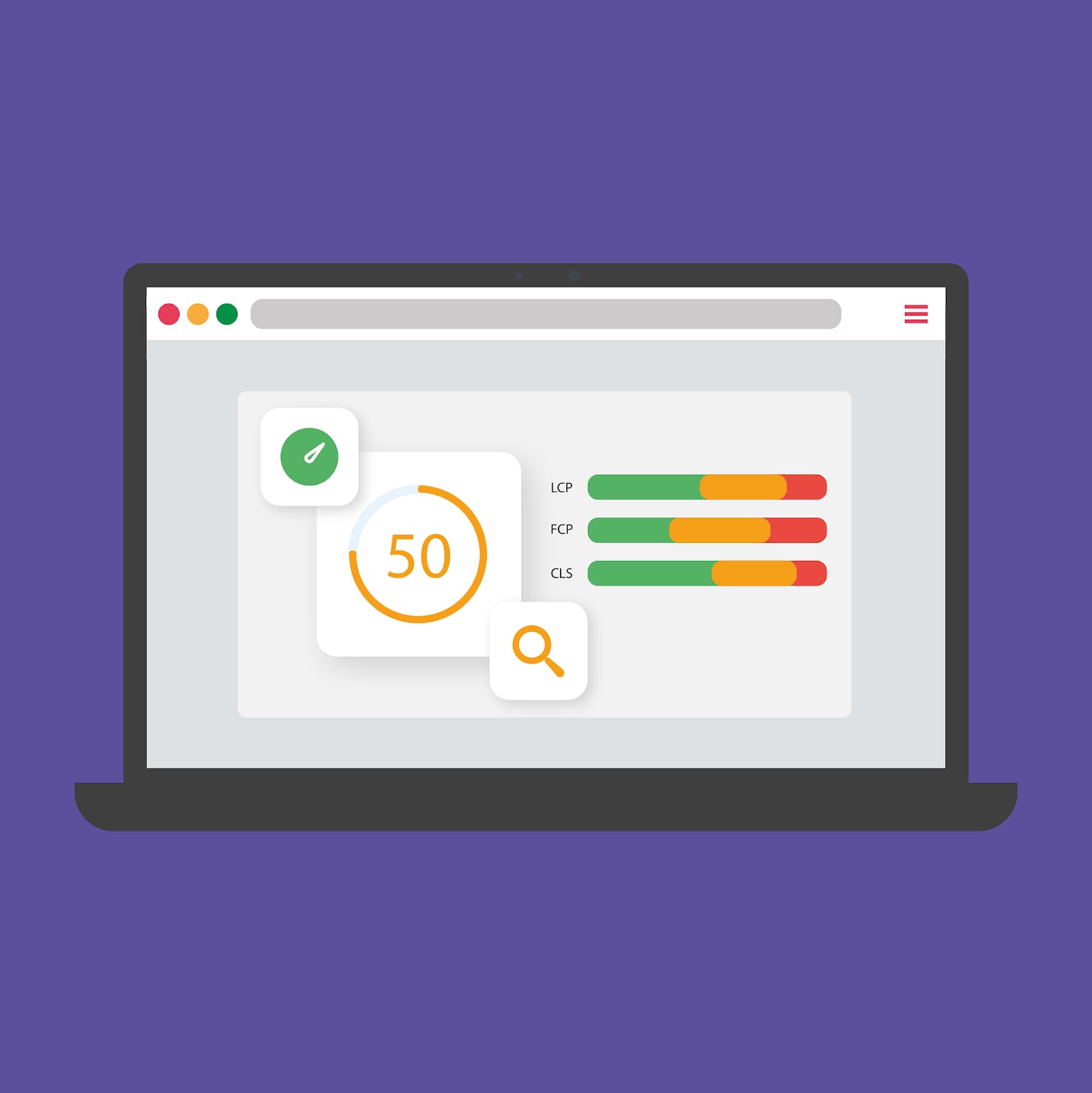The term Core Web Vitals, often shortened to CWVs, has been making the rounds lately. If you run a website or an e-commerce platform, you’ve probably encountered this terminology on numerous occasions over the recent years. You might have also been told that CWVs are significant for some reason, and you wondered why.
So you began your quest for clarity and ended up here. Perfect hit! In this article, we’ll clarify all the intricacies relating to CWVs.
Core Web Vitals: A Primer
Looking at the dictionary definition of “core,” you’ll find it refers to “the central part or the innermost part of an object.” “Vital,” on the other hand, signifies something “important, necessary, or essential.”
Now, what’s the essential, central characteristic of any website? Exactly, user experience. The effectiveness of any website or online store is largely dependent on its ease of use for its visitors.
To expand on this, a site is considered user-friendly when it loads quickly, permits immediate user interaction, and its content remains steady instead of constantly shifting.
Guess what? Google is well aware of this too. Hence, in May 2021, it declared an update to its algorithm by incorporating new Core Web Vitals. These consist of three primary metrics intended to assess user experience:
- LCP — Largest Contentful Paint
- FID — First Input Delay
- CLS — Cumulative Layout Shift
Each of these metrics has appropriate “poor,” “needs improvement,” and “good” benchmarks.
Together with non-Core Web Vitals (safe browsing, mobile friendliness, intrusive interstitials, and HTTPS), these measures make up a single “Page Experience Signal,” as Google has named it. As of June this year, Core Web Vitals have officially become a page experience ranking factor.
Let’s now delve into each of the Core Web Vitals.
Core Web Vitals: Examining the Three Metrics
Largest Contentful Paint (LCP)
In the early days of the Internet, loading a high-resolution image on a website was a slow process, often appearing in pieces. Today, thanks to advanced technology and high-speed Internet, even graphically intensive websites can load in an instant.
Google’s Core Web Vitals metric—Largest Contentful Paint—focuses on these critical seconds. Essentially, LCP measures the time it takes for the largest visible content piece on a page to load. This could be a prominent image, a video background, or a significant text block.
Unlike some other speed measurements, LCP is user-centric, evaluating how quickly a visitor can view most of your site’s content. If multiple large content blocks are equal in size, the one that loads last is considered for LCP.
LCP Benchmarks
- Good ( <= 2.5s)
- Needs Improvement ( > 2.5s <= 4s)
- Poor ( > 4s)
First Input Delay (FID)
We’ve all experienced this scenario at least once: a web page appears loaded, but when we click inside a form field, it’s still disabled. This is where the First Input Delay metric comes into play. FID measures the time it takes for a user to carry out an action on a web page after it opens in the browser. FID doesn’t consider the time taken to process or re-render the event; it focuses solely on the page’s response time to a user-initiated event.
Certain sites might not find FID as crucial as others, such as blogs without sign-up forms or user menus. However, for e-commerce sites, FID is vital. Neglect it, and you risk losing customers.
FID Benchmarks
- Good (<= 100ms)
- Needs Improvement (> 100ms <= 300ms)
- Poor (> 300ms)
Cumulative Layout Shift (CLS)
CLS measures the stability of a web page’s content as it loads. It calculates the total impact on user experience by all page elements that “shift” during the loading process. For instance, you might click on a “Request a Quote” button but end up on a page with a large vacuum cleaner photo. This is likely because the page content shifted unexpectedly, causing you to click on a banner ad instead.
CLS is the sum of all such unexpected layout shifts during page loading. Higher scores indicate less stability.
CLS Benchmarks
- Good (<= 0.1)
- Needs Improvement (> 0.1 <= 0.25)
- Poor (> 0.25)
To pass Google’s Core Web Vitals test, each metric—LCP, FID, and CLS—must score well.
Impact of Core Web Vitals Scores on Page Rankings
Page experience significantly influences search engine visibility. Users dislike slow, unstable, or difficult-to-use sites, often leading to higher bounce rates and lower search result rankings. While page experience is only one of many factors Google uses to rank sites, their 2021 update indicates their commitment to penalizing sites with poor user experiences.
Improving Your Core Web Vitals Scores
Improving your CWV scores requires specific technical adjustments:
- For LCP: minimize CSS files, reduce image file sizes, remove web fonts.
- For FID: assess your site’s dependence on third-party code and decrease server requests.
- For CLS: refrain from adding new content above existing content.
Implementing these changes might be challenging for non-technical users, so seeking professional help for Core Web Vitals optimization could be beneficial.
Conclusion
Google’s Core Web Vitals are a significant aspect of evaluating user experience on websites, emphasizing the importance of load speed, interactivity, and visual stability. These metrics, namely Largest Contentful Paint (LCP), First Input Delay (FID), and Cumulative Layout Shift (CLS), have emerged as crucial elements for ranking in Google’s search results.
Poor page experience can lead to higher bounce rates and lower visibility in search results, negatively impacting your website’s traffic and potential conversions. Therefore, it’s critical to regularly assess and optimize these factors on your website.
One way to ensure these metrics are continuously optimized is to outsource front-end development to professionals who have the expertise in Core Web Vitals optimization.
Remember: a conscious and proactive approach towards optimizing Core Web Vitals not only enhances end-user experience but also fortifies your website’s position in Google’s search rankings, thereby driving organic traffic, fostering user engagement, and facilitating conversions.
